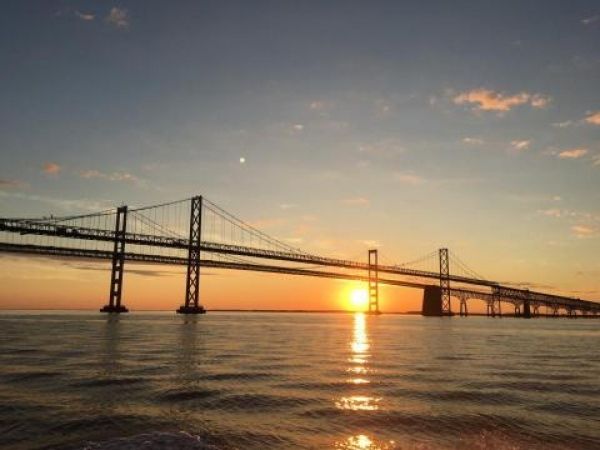In recent years, scientists have projected increasingly large summer dead zones in the Chesapeake Bay, areas where there is little or no oxygen for living things like crabs and fish to thrive, even as long-term efforts to reduce nutrient pollution continue. Researchers warn that climate may also have significant impact that could change the equation for nutrient reduction goals.
Researchers including Ming Li and Wenfei Ni from University of Maryland Center for Environmental Science factored in local impacts of climate change to make projections of what the oxygen content of the Chesapeake Bay will look like in the future.
“We projected that the hypoxic and anoxic volumes in Chesapeake Bay would increase by 10–30% between the late 20th and mid‐21st century,” said study author Ming Li of the University of Maryland Center for Environmental Science.
The bay’s hypoxic (low oxygen) and anoxic (no oxygen) zones, also called “dead zones,” are caused by excess nutrient pollution, primarily from agriculture and wastewater. The excess nutrients stimulate an overgrowth of algae, which then sinks and decomposes in the water, consuming oxygen. The resulting low oxygen levels are insufficient to support most marine life and habitats in near-bottom waters, threatening the bay’s crabs, oysters and other fisheries.
Continue reading at University of Maryland Center for Environmental Science
Image via University of Maryland Center for Environmental Science


